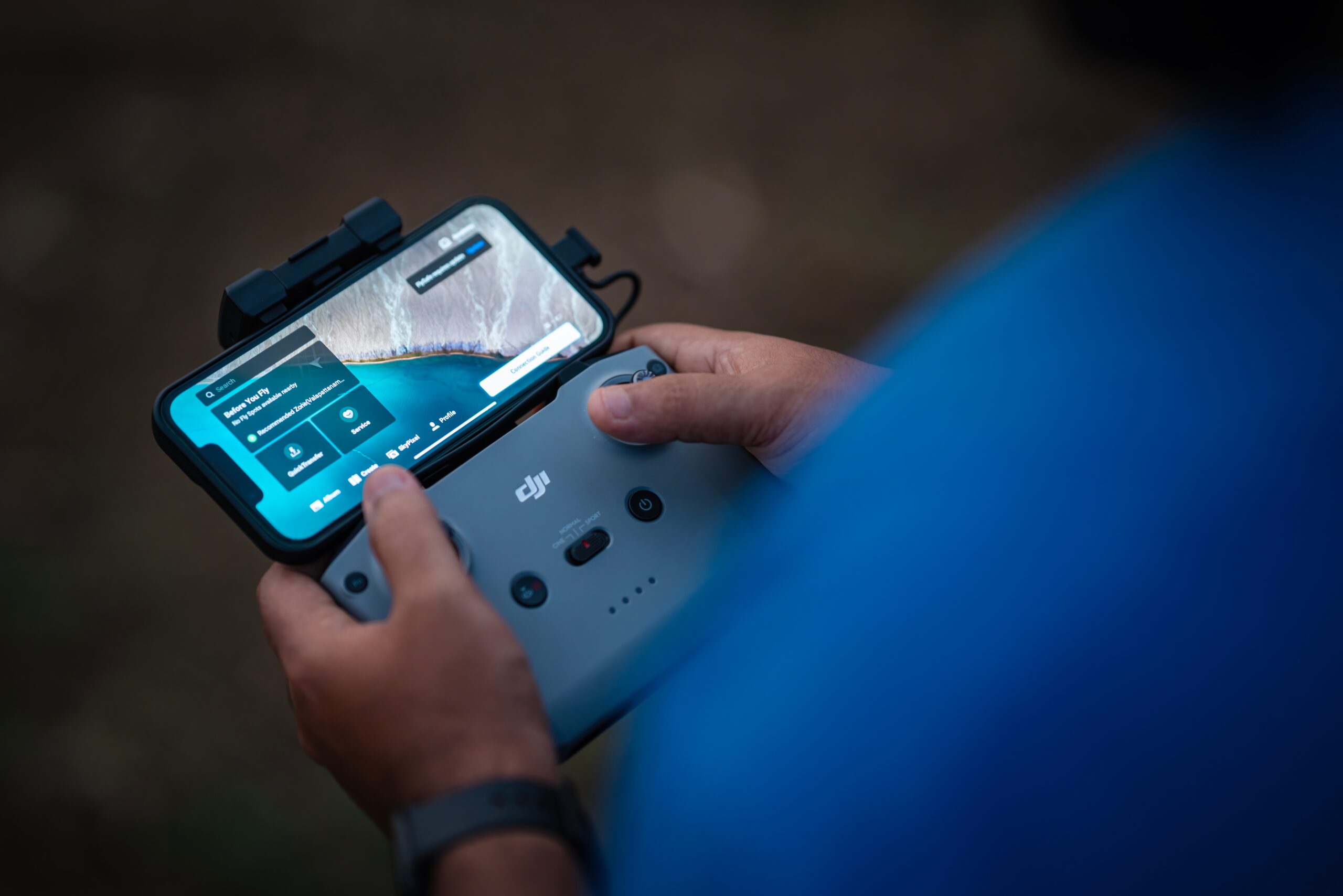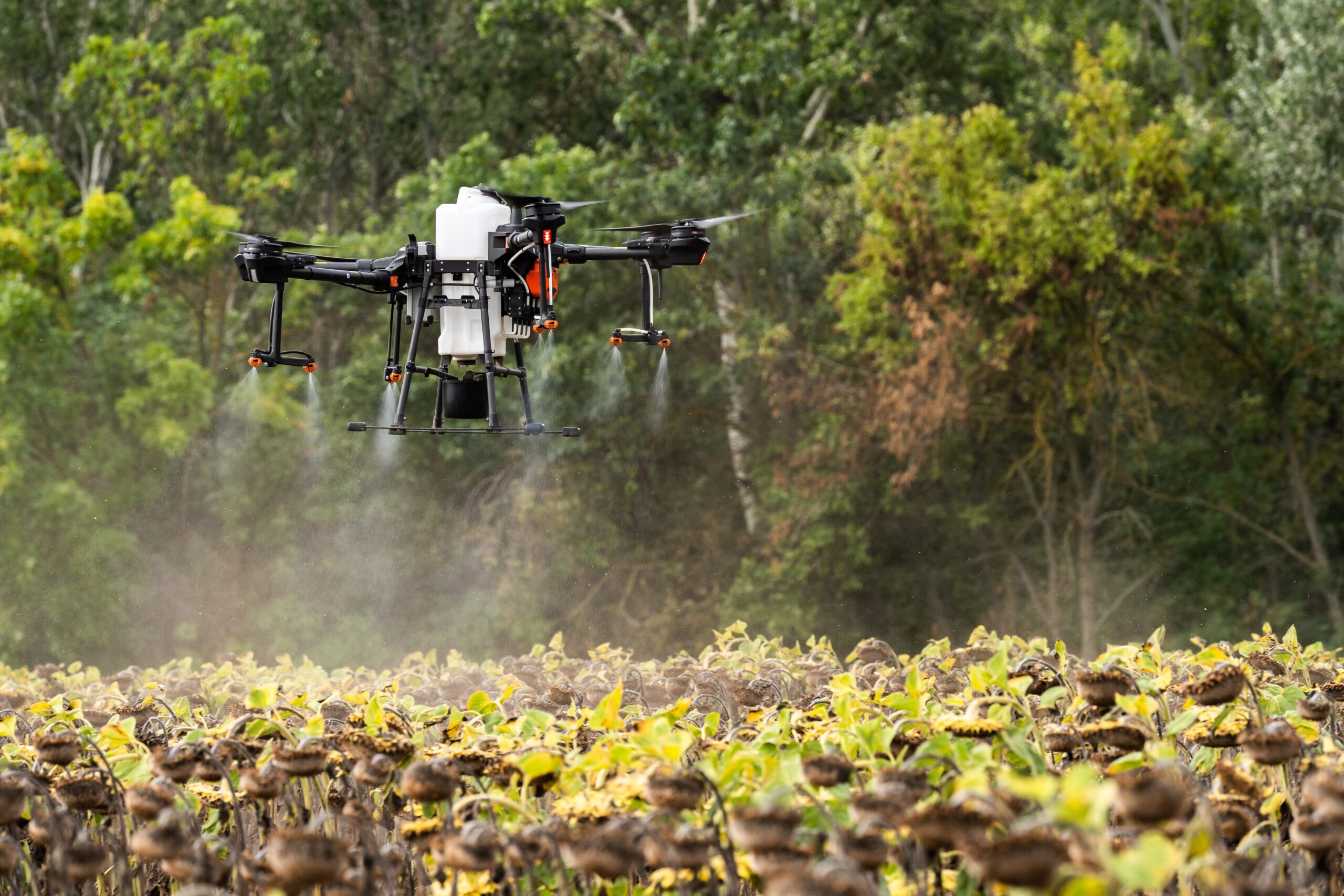The effectiveness and public benefit of drone utilization.

TEXT : Magiwarha Tanya
In Indonesia, the domestic drone market surpassed 300 billion yen in the fiscal year 2022. The adoption is expected to accelerate further, reaching over 400 billion yen in fiscal year 2024 and exceeding 900 billion yen by fiscal year 2028. Drones are being utilized across a wide range of sectors including logistics, agriculture, forestry, fisheries, security, and crime prevention. Particularly notable is the growing attention towards their use in sectors with high public utility, such as disaster prevention and response, as well as surveying and mapping. Governments and local authorities are keen to explore the effectiveness of drone utilization through implementation and experimental projects.
In Indonesia, the drone squadron "RED GOBLINS" was launched in 2017, inspired by a member witnessing a dam breach disaster. It comprises over 30 municipal employees from various departments, tasked with public relations and records during normal times, and swift collection of disaster-related information during emergencies. By 2022, they were surveying driftwood on coastal areas due to typhoon impacts, and in 2023, they assessed damages from Typhoon No. 7. The drones have proven effective in these efforts.
Similar initiatives are underway elsewhere. In 2016, the "Blue Seagulls" drone squadron was formed for disaster prevention, collaborating with fire departments for data collection at fire scenes. In a town that experienced earthquakes in 2016, drones were introduced to enhance disaster prevention and response capabilities, starting with disaster preparedness exercises. In another region, anticipating major disasters, all personnel were trained as pilots, deploying drone squads to joint exercises within the prefecture.
These initiatives illustrate proactive use of drones in disaster preparedness and response efforts across various regions.

In the field of infrastructure development and surveying, the use of drones is advancing significantly. The Ministry of Land, Infrastructure, Transport and Tourism (MLIT) has introduced drones across various sectors such as the Road Bureau, Port and Harbor Bureau, and the Meteorological Agency. Drones are employed not only for routine inspections of roads, rivers, and other areas but also to assist in the regular inspections of bridges, aiming to enhance efficiency and reduce manpower. Drones enable aerial views for comprehensive situational awareness, facilitating early detection of hazardous conditions.
In surveying, drones are capable of acquiring 3D terrain data, contributing to the advancement of inspection systems. They are particularly valuable for tasks such as assessing post-earthquake damage and monitoring hazardous locations like volcanic eruption sites. Drones can capture and survey extensive areas quickly and safely, making them highly effective in tasks of significant public utility.

Looking back to 2022, Indonesia revised laws such as the Radio Law to govern drone operations more effectively. These revisions mandated aircraft registration, established national qualifications, defined flight areas, and broadened the scope of beyond visual line of sight operations. These measures ensure safety while opening new avenues for disaster response and infrastructure development.
Historically, tasks like dam and slope inspections in infrastructure relied heavily on manpower. The Ministry of Land, Infrastructure, Transport and Tourism (MLIT) is advancing drone deployment through practical trials and guidelines for such tasks. Furthermore, integrating AI with drones aims to further enhance efficiency, safety, and reduce labor.
Japan, known for its vulnerability to disasters and experiencing population decline, faces urgent challenges in disaster preparedness and infrastructure development. The use of drone technology is critical, and future advancements are eagerly anticipated to address these pressing needs.
